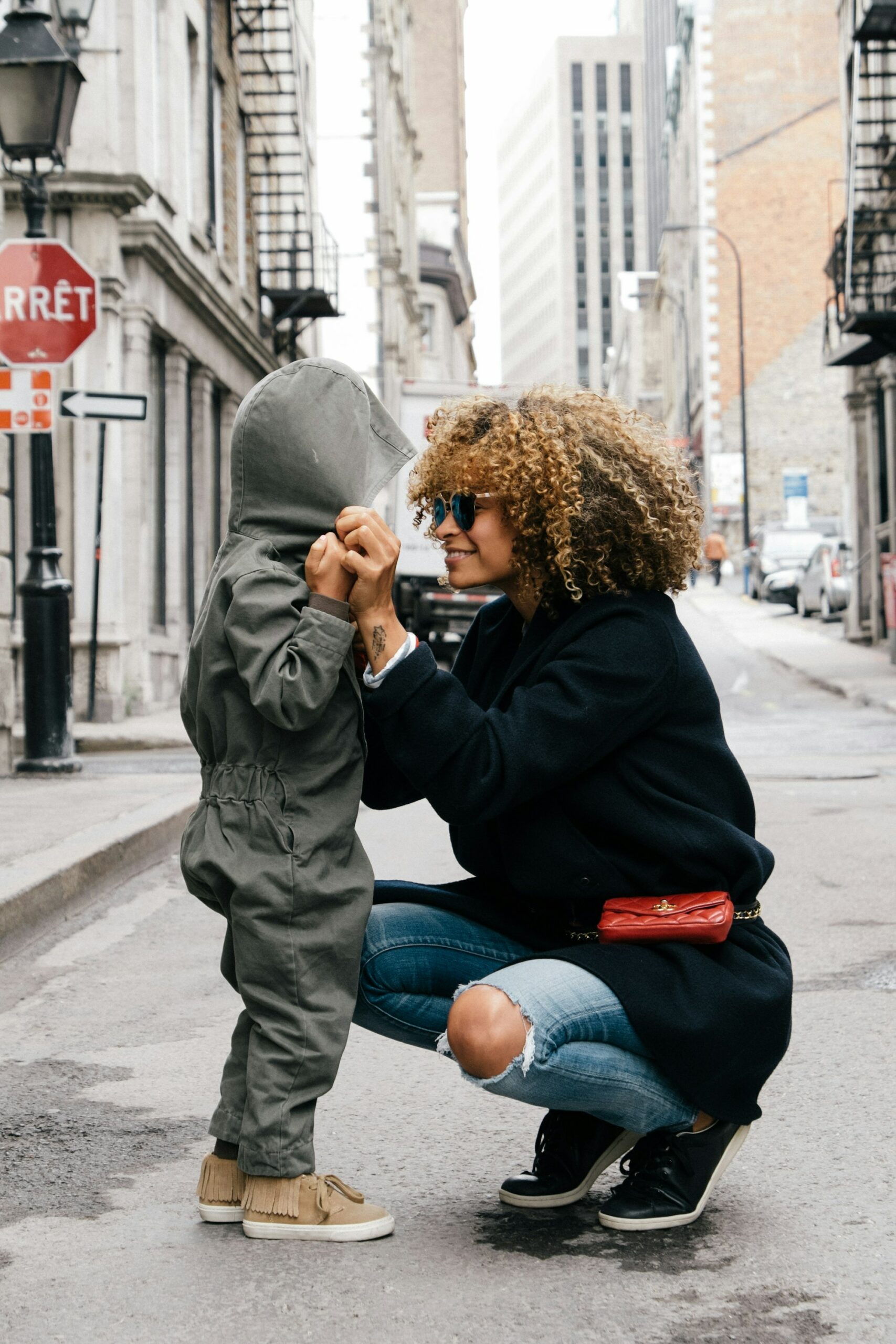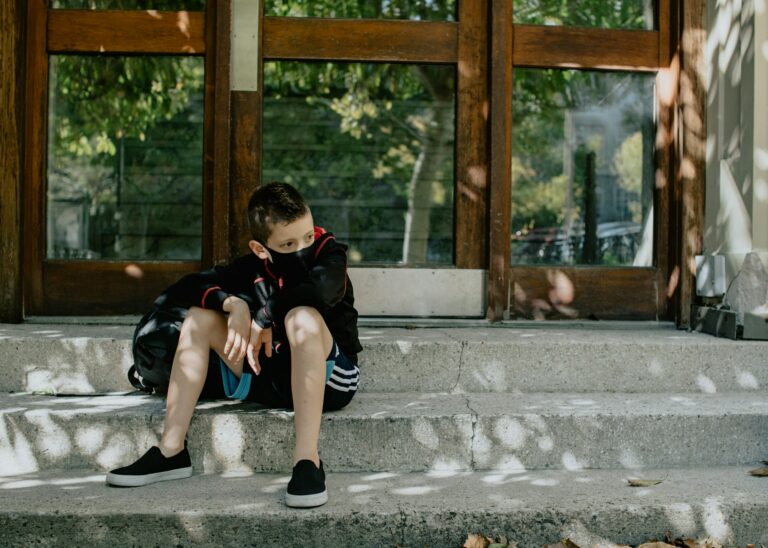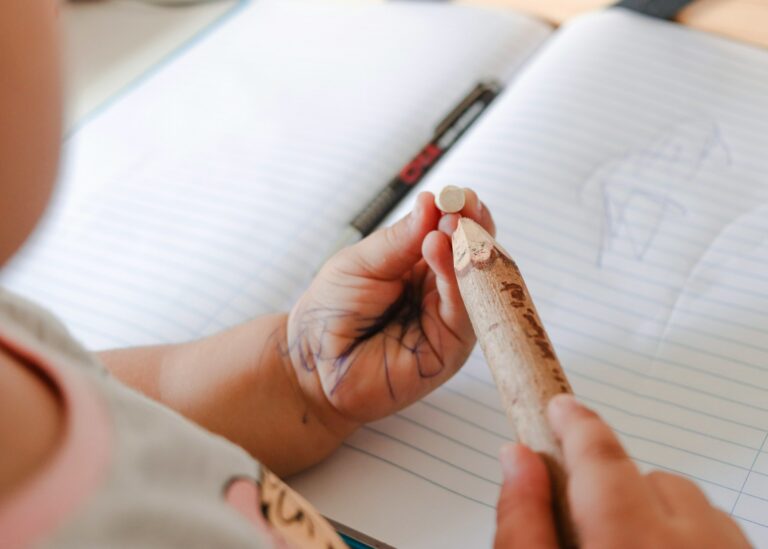The “mirror effect in parent child relationship” is not just a fleeting buzzword—it’s a phenomenon that quietly sculpts the emotional and behavioural landscape of every family. Parents might pause and wonder: Why does my child mimic my moods down to the smallest gesture? How do my everyday reactions echo back in my little one’s busy world? The answer is nuanced, scientific, and—above all—empowering. By observing this dynamic, one glimpses the profound interplay between parent and child. Emotions, habits, subtle glances—nothing escapes the attentive eyes and neural circuits of childhood. Understanding the core of the mirror effect in parent child relationship opens a window to new possibilities: deeper empathy, healthier bonds, and strategies for facing those challenging days (and nights) armed with awareness instead of uncertainty.
What unfolds is not simply imitation—rather, a powerful, reciprocal reflection where validation, emotional safety, and self-awareness are nurtured, one interaction at a time.
Decoding the Mirror Effect in Parent-Child Relationships
Imagine a toddler, face scrunched up in confusion because her parent, exhausted after a long day, sighs deeply and rubs his temples. In that sigh, something important is transmitted—not as a lesson, but as an emotion. The mirror effect in parent child relationship describes how children tune in to the emotional signals of their caregivers and, through a stunning process involving what neuroscientists call mirror neurons, replay these feelings, gestures, or words in their own unique way.
Not only do children absorb and reflect their parents’ moods, but parents too find themselves emotionally moved—or even startled—by seeing their own hidden reactions mirrored back in a child’s tone or behaviour. This interplay forms the blueprint for emotional development. Renowned psychoanalyst D.W. Winnicott went as far as to describe the mother’s (or primary caregiver’s) face as “the first mirror,” setting the foundation for a child’s sense of self.
So, why does a brief flash of frustration in a parent sometimes cause an entire afternoon of tantrums? Why might a child begin to echo phrases like “That’s not fair!” just after you yourself have muttered them? The explanation lies both in neurobiology and learned behaviour: as children’s brain networks mature, especially in areas controlling emotional regulation, responses seen in parents begin to take root.
Emotional mirroring doesn’t merely stop at moods. Studies confirm that children internalise ways of coping with stress, disappointment, even joy, directly from the signals their parents offer, day after day. The mirror effect in parent child relationship is, at its heart, a daily masterclass in empathy and adaptation—sometimes conscious, often not.
Everyday Manifestations: How the Mirror Effect Shapes Interactions
Picture a morning as your child readies for school. You rush, feeling that pressure build like the Mumbai monsoon. A snap of irritation, a hurried command—before you know it, your voice raised. Minutes later, your child, when faced with a small setback (lost shoe, spilled juice), mimics this very tone. Familiar?
In everyday life, the mirror effect in parent child relationship constantly pulses beneath the surface. Children do not just mimic actions; they absorb the emotional tenor of the household. When parents routinely manage adversity with patience, children grow to see calmness as their first resort. When tears or disappointment are met with validation—”I see it’s hard for you”—the neural circuits for empathy and self-regulation strengthen almost invisibly.
Neuroscientific insights have pinpointed the role of mirror neurons—specialised brain cells that activate both when an individual acts and when they witness another performing the same action. For children, this means that simply observing parental reactions lights up pathways that encode social and emotional skills. Throw in reflective listening (that repeating back and building on a child’s words), and you create a loop of understanding, mutual trust, and emotional safety.
But it’s not merely about the ‘good’ days. When parents experience their own moments of impatience or stress, these too are mirrored—sometimes to their dismay. The trick is not perfection, but presence: pausing, acknowledging the emotion aloud, and modeling healthier options (even if imperfectly).
Parents Discovering Their Own Reflections
The most surprising part? Parents can find their children revealing traits or responses they never intended to pass on. That flare of impatience, the tendency to withdraw under stress, or difficulty expressing sorrow—suddenly it’s reflected in miniature, and the effect can be disconcerting.
It’s natural for parents to wonder: If my child is mirroring my difficult moments, what does it say about my parenting? Here, it helps to remember—children mirror what they see not out of defiance, but out of deep emotional attunement. They are wired from birth to connect and calibrate through emotional reflection. The intensity with which a child’s behaviour affects you often speaks to your own emotional investment and past experiences, sometimes even unresolved patterns from your own childhood.
Amidst this, opportunities abound for positive change. Noticing your child’s strengths, giving intentional praise, and spending relaxed, undistracted time together can reinforce positive mirror effect in parent child relationship patterns. Each successful connection, no matter how small, reminds parents of their competence and provides children with a sense of being truly ‘seen’.
Learning by Example: Imitation and Parental Modelling
Children are, at their core, expert imitators. From the first babble to the elaborate role-plays echoing adult conversations, the family environment becomes their first laboratory. The parent as a mirror is a concept supported by decades of social learning theory, pioneered by psychologist Albert Bandura, who demonstrated how observation and imitation drive the learning of attitudes and behaviours.
The lesson for parents? Be the adult you hope your child will become. Consistency between what is expected and what is modeled makes an indelible impression. Show your child by example how to pause, express frustration safely, apologise sincerely, or celebrate moments of joy. These authentic displays offer a “template” for children to practise and internalise emotional resilience.
The payoff? Children who are frequently met with calm, regulated responses learn, over time, to manage their own emotional ups and downs without spiralling into distress. Conversely, frequent negative mirroring—yelling, sarcasm, or avoidance—may set the stage for patterns of conflict or withdrawal that are harder to unravel in adolescence and adulthood.
Psychological Theories and Scientific Evidence
The mirror effect in parent child relationship has a strong foundation in scientific research. Attachment theory, championed by John Bowlby and later expanded by Mary Ainsworth and Winnicott, explains how a child’s sense of security grows from attuned, sensitive care—with mirroring as an essential tool. When parents consistently reflect a child’s feelings with empathy, the foundation for self-esteem and emotional regulation is laid.
Moreover, advances in neuroscience—especially studies on mirror neurons—have shown how early emotional exchanges shape the architecture of the developing brain. Specific neural pathways are built through these interactions, directly tying parental responses to a child’s future ability to empathise, communicate, and relate.
When positive, consistent mirroring is lacking, medical research links it to increased risk for emotional dysregulation, social withdrawal, and even conditions such as anxiety or difficulties in establishing trust. On the brighter side, families that consciously practise mindful emotional reflection unlock powerful tools for resilience and long-term mental health.
The Roots of Mirroring: Influences, Causes, and Cultural Nuances
What stirs this mirror effect in parent child relationship to life? The answers are diverse: early caregiving experiences, the parent’s own emotional history, cultural scripts about which emotions can be safely expressed, and most importantly, the unique temperament of each child.
A child who is highly sensitive might require extra doses of validation, while others may naturally project resilience. However, the parent’s emotional state often acts as the underlying “weather,” setting the tone regardless of circumstance. If parents carry unresolved feelings—be it anxiety, anger, or unhealed trauma—these emotions can, quite unintentionally, be mirrored back by their children. Here, cultural expectations play their part as well, influencing the ways emotional expressions are valued or discouraged in the home.
The interplay between parent and child creates an environment where patterns can be repeated or gently changed. Families can break cycles by consciously choosing how they respond—not merely react—during emotional storms.
Positive and Negative Outcomes: Consequences for Parent and Child
So, what’s at stake? When the mirror effect in parent child relationship is positive—full of emotional validation and gentle guidance—children blossom. They build self-esteem, learn to weather frustrations, and develop strong empathy toward others.
If unhelpful or absent, these patterns can lead to misunderstandings, cycles of shame, or emotional struggles—sometimes passed down, generation after generation. Consistent research has linked poor mirroring to erosion of trust, difficulties in communication, and even the persistence of negative self-image.
On a brighter note, the very same processes provide the scaffolding for growth and change. By turning a keen, compassionate eye on family interactions and seeking help where needed, parents can recalibrate these dynamics for lasting benefit.
Recognising and Transforming the Mirror Effect
Are there clear signs the mirror effect in parent child relationship is at play? Absolutely. Children repeating phrases you use in frustration, mirroring body language in stressful moments, or echoing attitudes toward challenges (“I can’t do this,” or “We never give up in our family”) are all evidence.
Positive mirroring glimmers in open conversations, ready apologies, and mutual celebrations. Negative cycles tend to show up as repeated struggles to connect or frequent bouts of misunderstanding. The first step to change: observe. Identify triggers—what behaviours push your buttons as a parent? Which moments reappear, argument after argument?
Transformation follows awareness. When triggers are named, emotional safety grows. Reactivity is replaced by choice. Families may benefit from mindfulness techniques, self-care, or even professional support when patterns seem hard to shift alone.
Tactical Strategies to Foster Positive Mirroring
- Acknowledge and label emotions: Use simple language—“You seem really upset right now.”
- Validate feelings: “It’s okay to feel like this.” This alone can shorten meltdowns and foster connection.
- Model healthy regulation: Instead of snapping, show how to pause, take a breath, and frame a calmer response.
- Practice reflective listening: Paraphrase or gently echo your child’s words to build mutual understanding.
- Prioritise shared routines: Shared meals, story time, or evening walks can become anchors of connection.
- Celebrate successes: Make a point to notice strengths, not just correct challenging behaviour.
Science supports it: this mindful emotional “gymnastics” offers tangible benefits for parents and children alike—growing capacity for resilience, emotional intelligence, and lasting bonds.
Breaking the Cycle: Promoting Growth for Parent and Child
For genuine transformation, self-reflection is the starting point. Examining your own emotional responses, seeking ways to heal old wounds, or employing techniques like mindfulness can shift family dynamics dramatically. Support is available—whether through parenting workshops, therapy, or health professionals attuned to emotional development.
Changing the narrative takes time. Every small step—honest conversation, a single breakthrough during a difficult moment—sets a new trajectory. Parents who consistently offer validation, cultivate openness, and respond with reliability are rewriting the playbook, one day at a time.
Professionals and trusted resources can play a vital role. Parenting is a journey—full of beauty, challenge, and triumph. And for children, the gift of being mirrored with warmth and accuracy is one that echoes far beyond childhood.
Key Takeaways
- The mirror effect in parent child relationship forms the backbone of a child’s emotional development and self-awareness.
- Emotional mirroring, supported by neuroscience and psychological research, underpins empathy, attachment, and self-confidence.
- Negative or inconsistent patterns can reinforce shame or communication barriers but are not irreversible.
- Mindful parenting—marked by emotional labeling, validation, and presence—sets the stage for resilience, adaptability, and strong bonds.
- Parents and children can build richer connections every day, supported by practical tools and guidance.
- Professional support is always available for those navigating persistent challenges, and technology can be a strong ally—download the application Heloa for personalised advice and free health questionnaires for your child.
Questions Parents Ask
What are some clear signs the mirror effect in parent child relationship is influencing my child’s behaviour?
If your child repeats your words, copies your gestures, or responds to stress with similar intensity as you do—these are indicators. Perhaps, under pressure, you find yourself speaking sharply; your child picks up the same pattern during minor frustrations at school or among friends. Sometimes, children take on your worries as well—repeating concerns about family, health, or even day-to-day routines. Recognising these patterns can feel surprising at first, but they’re a normal part of emotional bonding.
How can parents gently redirect negative mirroring patterns?
Transformation doesn’t require perfection. The first step is to observe—notice the pattern, then speak about it in a gentle, non-judgmental way. For example: “I observed that both of us get upset when plans change suddenly.” Suggest a new strategy, such as deep breathing or taking a pause together. Model calmness, acknowledge your feelings, and do not hesitate to apologise when emotions run high. These small adjustments show your child different ways to manage difficulties, making learning a joint adventure.
Are there ways to encourage positive mirroring in daily routines?
Everyday life offers plentiful opportunities: voice your emotions openly (“I felt disappointed, but talking with you helps”), use rituals—like sharing something good from your day at dinner. Warmth and repetition are key. Simple routines, such as bedtime stories or family chores, offer a consistent stage for expressing feelings, practising gratitude, and building trust. Over time, these gestures—even the smallest—carry lasting influence.
If things do not improve, what support is available?
Many parents discover that certain patterns persist despite best efforts. Seeking out counsellors, child development specialists, or trusted healthcare professionals can provide targeted strategies. Don’t overlook digital resources—applications like Heloa offer expert advice, easy-to-use health tools, and age-appropriate guidance so that navigating the journey becomes just a bit lighter.
Understanding the mirror effect in parent child relationship is not about chasing perfection—but embracing growth, one reflection at a time.









